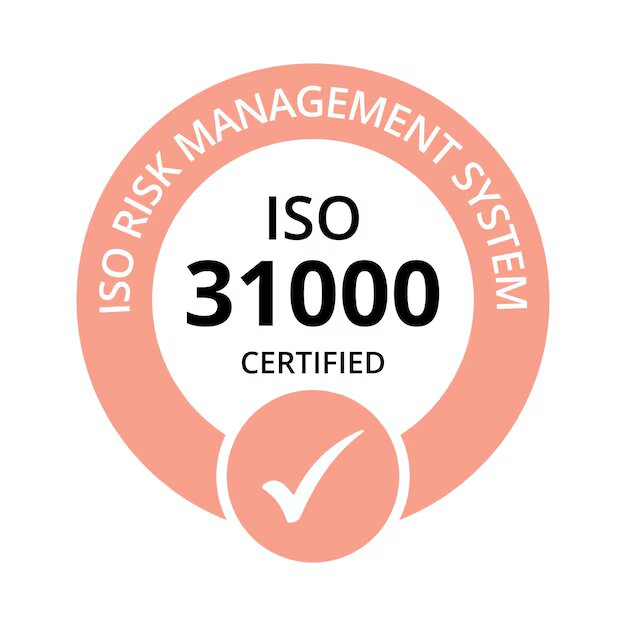In today's dynamic business environment, organizations are exposed to various uncertainties that affect their objectives, reputation, and bottom line. ISO 31000 risk management provides a general framework for implementing effective uncertainty management. By integrating risk management with strategic planning, organizations can not only protect their operations but also enhance their decision-making and resilience.
Understanding ISO 31000 Risk Management
ISO 31000 is an internationally accepted standard that provides guidelines for designing, implementing, and maintaining effective risk management practices. Since it is a nonprescriptive framework, ISO 31000 could be perfectly adapted to fit any organization of size or sector. It majorly focuses on implementing risk management to conform with the organizational strategy, wherein risks are addressed proactively.
The ISO 31000 standard underscores the embodiment of risk management in all dimensions of business processes, be it governing or project management. Risks identified and appraised will then be treated in accordance with the organization's aims and risk appetite.
The Role of Risk Management in Strategic Planning
Effective risk management has to do not only with threats but also with opportunities. By integrating ISO 31000 risk management into strategic planning, organizations can anticipate challenges and uncover new possibilities for growth.
Better Decisions: A clearly defined risk management approach provides leaders with essential insights necessary for making informed decisions that consider risks and opportunities.
Enhanced Compliance: Generally, any business or industry with high regulatory compliance requirements uses compliance risk management to demonstrate compliance with laws and guidelines. The ISO 31000 framework allows organizations to manage their compliance risks in a more organized and structured manner; hence, they are less likely to suffer from legal or reputational fallouts.
Resilience and Adaptability: Organizations with solid and supportive risk management frameworks can respond nimbly to any disruption and remain continuously operational without losing competitive advantage.
Implementing ISO 31000 in Your Organization
Effective integration would begin with a risk-aware culture to integrate the ISO 31000 principles. This means engaging stakeholders, establishing clear objectives for managing risk, and ensuring management demonstrates commitment. Consistent training and communication must be established to ensure an awareness of risk is embedded throughout all levels of the organization.
In addition, a systematic method for risk identification, assessment, and prioritization is to be developed. The organizations must review and update this as circumstances change.
Compliance Risk Management: A Critical Component
The emergence of compliance risk management as an integral element within an organization's strategy has been met by some of the difficulties arising from the regulatory landscape. A strong framework that makes such a balance between compliance and adequate operational efficiency achievable is provided by ISO 31000. Well-proposed proactive compliance risks can help businesses hold onto stakeholder trust while preventing damage to brand reputation.
Let’s Sum Up
ISO 31000 risk management must be part of any company's strategy to manage the challenges of the current situation. At INTERCERT, we are dedicated to providing global certification and training services that leverage our extensive industry knowledge to empower your organization in effective risk management. Our expertise in compliance risk management ensures that you stay ahead of potential challenges and disruptions. Contact us today and take the first step toward building a risk-resilient future for your organization.
A PHP Error was encountered
Severity: Notice
Message: Undefined variable: clientlist
Filename: views/blog_view.php
Line Number: 67
Backtrace:
File: /home/sysintercert/public_html/application/views/blog_view.php
Line: 67
Function: _error_handler
File: /home/sysintercert/public_html/application/controllers/Blogs.php
Line: 41
Function: view
File: /home/sysintercert/public_html/index.php
Line: 316
Function: require_once
A PHP Error was encountered
Severity: Warning
Message: Invalid argument supplied for foreach()
Filename: views/blog_view.php
Line Number: 67
Backtrace:
File: /home/sysintercert/public_html/application/views/blog_view.php
Line: 67
Function: _error_handler
File: /home/sysintercert/public_html/application/controllers/Blogs.php
Line: 41
Function: view
File: /home/sysintercert/public_html/index.php
Line: 316
Function: require_once

